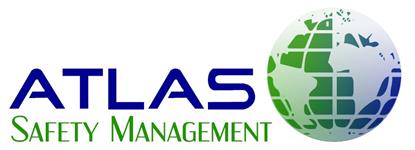Portable reciprocating saws are powerful, versatile tools that use thin, flat, narrow
blades that, depending on the application requirements, come in assorted lengths
and tooth-sets. Reciprocating saws are not difficult to use but their intended
purpose prohibits the use of a blade guard. The open blade design allows the
application of powerful cutting potential in cramped and restricted spaces. With
the proper blade, they can cut metal, wood, and plastic material. They are
invaluable for trimming out mechanical chases for fitting HVAC ductwork, drain
lines, supply lines, or electrical components where other power tools will not
work. Sawzall-type reciprocating saws require both hands to operate safely and
the nature of the tool makes precision cuts difficult.
Main Points
• Do not allow anyone to use a saw that has not been properly instructed and approved in
the processes of its safe operation.
• Be familiar with your power tools. When using a new saw, or one that is foreign to you,
take some time to “test-run” it and get a feel for its performance. Read and understand
the operator’s manual and follow its instructions. Prior to its use, do a visual and
operational inspection to ensure safe mechanical function of the saw.
• Eye protection is extremely important and must always be worn when using a
reciprocating saw. When operations present potential eye injuries, adequate and
appropriate protection must be selected. Use a face shield, protective goggles, or
approved safety glasses depending on the job performed.
• Hearing protection is required due to the extreme noise levels generated, especially
during extended cutting sessions.
• Depending on the material being cut, gloves can be helpful and a dust mask may be
required.
• Wear clothing appropriate with reciprocating saw use; avoid long, loose shirtsleeves,
neckwear, or untied long hair.
• Check that spring-loaded on/off trigger switch functions properly.
• Unsafe practices and inadequate housekeeping create potentially dangerous workzones; keep the work area free of trip hazards such as tangled power cords, cluttered
material, scraps, stones, bricks, or other obstacles and obstructions.
• Operate only properly maintained equipment; Check the blade to be sure that it is clean,
straight, sharp, and the set screw is tight.
• Carefully examine the workpiece to be cut for knots, nails, or other objects that could
cause a hazardous situation.
• During cuts, keep blade speeds at recommended levels; over-pressure on cuts will
create hazardous situations.
• If any operational problems are noted, remove the saw from service and get it repaired
immediately.
• When repairing tools, or changing blades, always disconnect the power source. „ Avoid
using power tools in a wet environment.
• When not in use, store the saw in a dry, secure location.
Reciprocating saws are an excellent accessory to any operation that requires cutting. If good
sense and caution are not used, these saws can cause serious injury. Follow these safety
guidelines to avoid hazardous situations.


